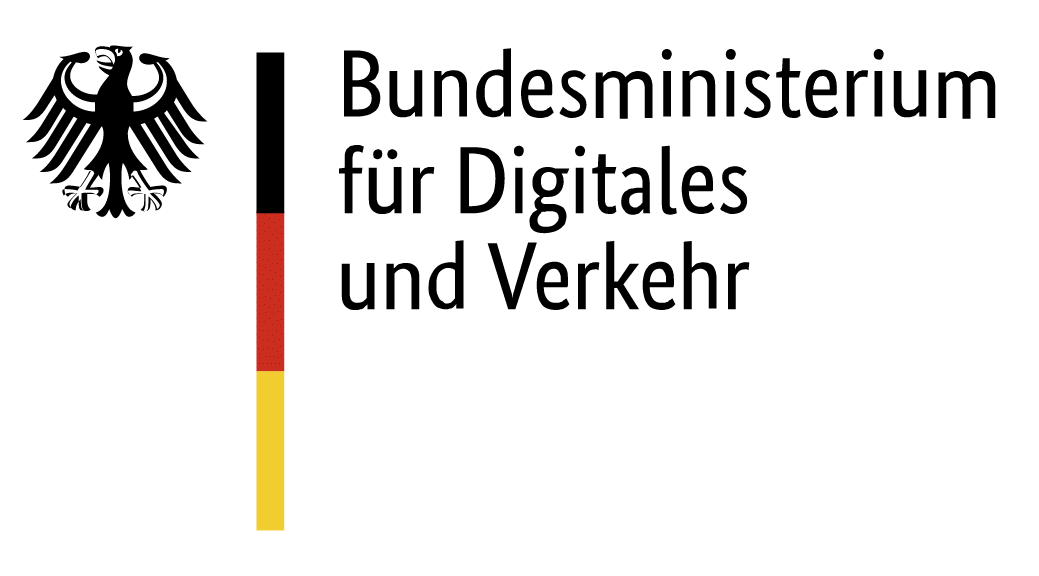Unlocking the Power of Satellite Data with CODE-DE and Google Colab
2025-06-02
CODE-DE has demonstrated its great potential in the exploitation of satellite data through integration with Google Colab, a widely used online programming environment.
In today's digital age, seamless platform interoperability is a crucial factor in maximizing the usability and accessibility of geospatial data. CODE-DE, Germany’s cloud-based Earth observation platform, has demonstrated its potential integration with Google Colab, a widely used online coding environment. This successful interoperability serves the purpose of democratizing access to satellite data for researchers, developers, and policymakers alike.
The Power of CODE-DE
CODE-DE has transformed access to Copernicus Sentinel satellite data, from high-resolution Sentinel-2 imagery to land-cover classifications. Traditionally, such data required expensive computing infrastructure and specialized software, limiting use to well-funded institutions.
CODE-DE has removed these barriers by offering a cloud-based platform that provides easy, open access to satellite data, empowering a wider range of users—from researchers to small organizations—to leverage these resources without the need for costly infrastructure.
Google Colab: A Game-Changer for Accessibility
Google Colab, a cloud-based Jupyter Notebook environment, has revolutionized data science and machine learning by providing free, on-demand computing power with built-in support for Python and a variety of geospatial libraries. By enabling access to CODE-DE directly from Google Colab, users can now analyze satellite data in a familiar and flexible environment without requiring expensive hardware or complex setups.
A Success Story in Platform Interoperability
The ability to access and process CODE-DE data within Google Colab underscores the benefits of platform interoperability. This integration allows users to:
- Streamline Data Access
Retrieve and process Sentinel imagery in real time without needing to download large datasets. - Enhance Collaboration
Work on projects collaboratively with cloud-based notebooks, facilitating knowledge-sharing across institutions and disciplines. - Leverage Advanced Analytics
Utilize machine learning frameworks, geospatial libraries, and cloud computing resources to derive meaningful insights from satellite data. - Reduce Barriers to Entry
Enable students, researchers, and small organizations to engage with satellite data without high technical or financial hurdles.
Looking Ahead
This interoperability between CODE-DE and Google Colab sets a precedent for future integrations, highlighting the importance of open data ecosystems and cloud-based solutions in the geospatial domain. As more platforms embrace seamless interoperability, the potential for innovation and real-world impact will continue to grow, empowering a wider range of users to harness the power of Earth observation data.
By bridging the gap between satellite data providers and accessible analytical tools, this collaboration demonstrates the true potential of modern technology to drive scientific discovery, environmental monitoring, and data-driven decision-making on a global scale.



